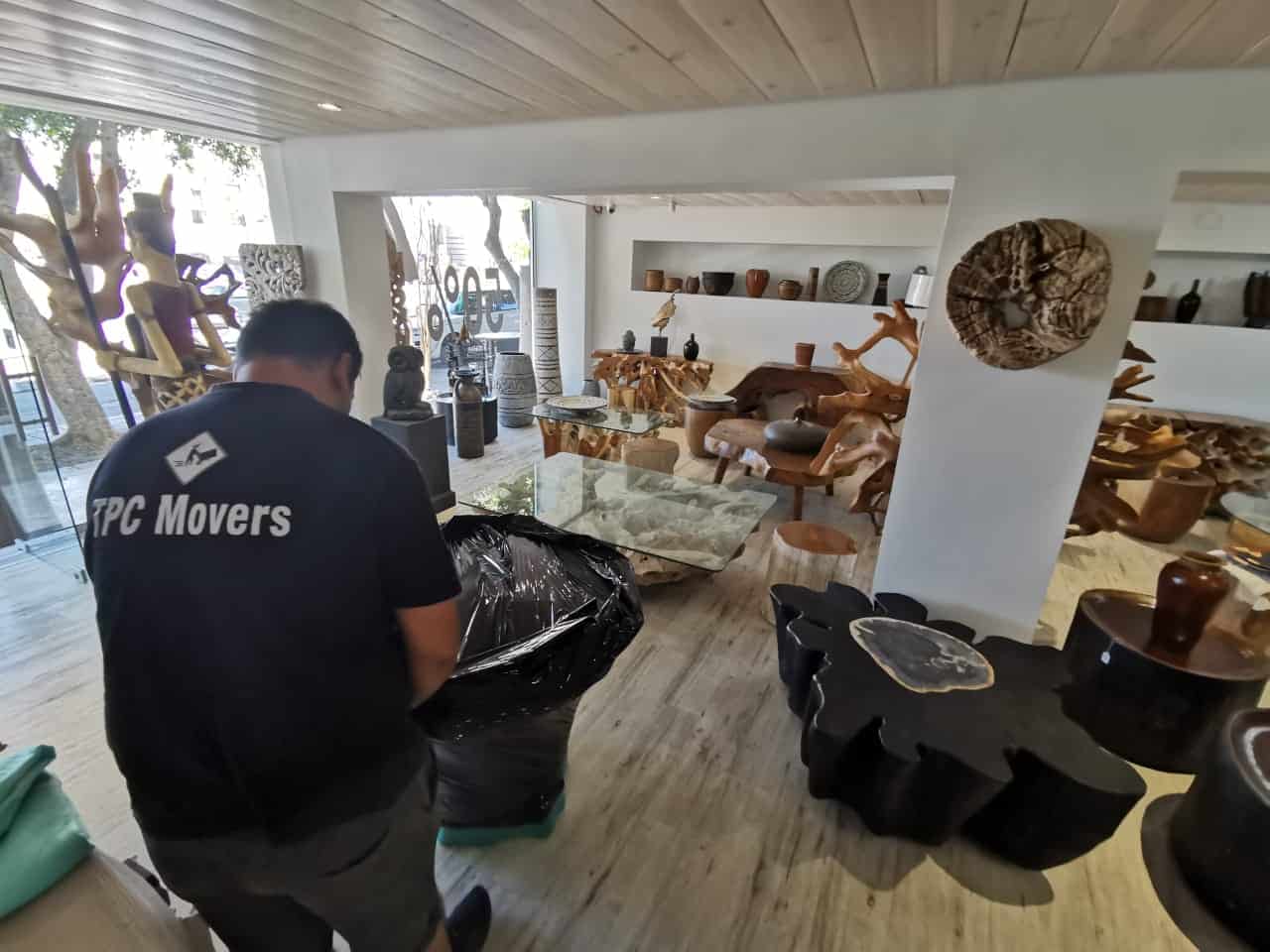
Do you own a shop, even a workshop?
A showroom ready to run or maybe a hole exhibition? Or maybe you are a practitioner with a cabinet or you administrate a kindergarten?
WE HAVE YOU COVERED- NATIONAL AND INTERNATIONAL
We will align our logistics knowledge and resources, capabilities and expertise in the moving industry, to accommodate your unique needs and requirements – resulting in seamless business relocation and a successful outcome.
Many businesses border on obsessive with their strategic planning, and that’s not necessarily a bad thing! But strangely, when it comes to moving locations, some business owners become neglected, not realizing that a commercial moving strategy is the key to making it successful.
Of course, planning is important for every type of move, but because not all moves are the same, preparations can differ. For example, a kinder garden move will involve disassembling and packing desks and cabinets, dismantling playgrounds toys, removing soft tiles and protective garnishes, but a practitioner cabinet, workshop or restaurant will typically involve moving very heavy and fragile equipment and furniture.
The challenge for any moving company is to safely deliver items to their new location, but business owners face particular challenges of their own.
COMMERCIAL MOVING STRATEGY
Basically, it comes down to the old business saying that “time is money”. Any move is going to cause disruption to the normal daily routine, but for a business it inevitably involves downtime, which ultimately translates to lost revenue.
A commercial moving strategy is influenced by a number of factors, including:
• type of business – dictates what items needs to be packed, disassembled and moved
• number of employees – how efficiently they can carry out normal duties in the run-up to the move
• distance to travel – how long the physical move takes will affect your timetable
HOW CAN THESE CHALLENGES BE OVERCOME?
Here are a few key elements to a Successful Commercial Move strategy
START EARLY – Commercial moves require precision planning, and that needs time. We recommend starting 60 days before moving day so you have time to triple check every detail. Remember, the more employees, workstations, desks and furniture, the more details there are to cover.
SELECT MOVING COORDINATOR – You’ve got a business to run, so you cannot spend your time obsessing over how many equipment’s to pack and what cable goes with what. Select trusted members of staff to oversee things, and schedule regular progress meetings.
STAFF CONTRIBUTION – A commercial moving strategy never overlooks staff. The moving company will take care of most packing, but it’s a good idea to ask your staff to put everything in order first and ask them to pack away their personal items themselves (photos, pen holders etc).
HAVE DESTINATION READY – Getting set up at the new premises is a challenge too , so make sure everything is ready at your destination so you get fully operational as quickly as possible. Check the power, water, and internet is working 2 or 3 days before moving day. Also, prioritize your unpacking to avoid cluttering up the new space.
INFORM YOUR CLIENTS – There is going to be some downtime, so make sure your clients know what’s going on – and in plenty of time. Once you’ve settled on a moving date, send an email, post a notice on your website and on social media. Also, tell your bank, your creditors and the post office so important mail goes to the new address.
We like to think of ourselves as our clients’ moving partners. That’s why we’ve successfully worked with dozens of businesses in putting together an effective commercial moving strategy, helping to ensure their move runs smoothly and with minimal downtime.

